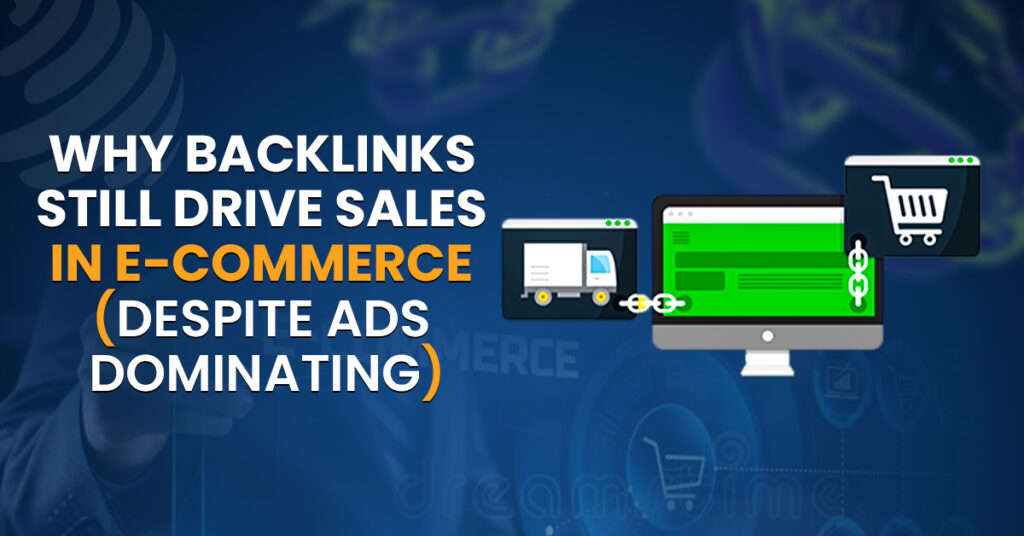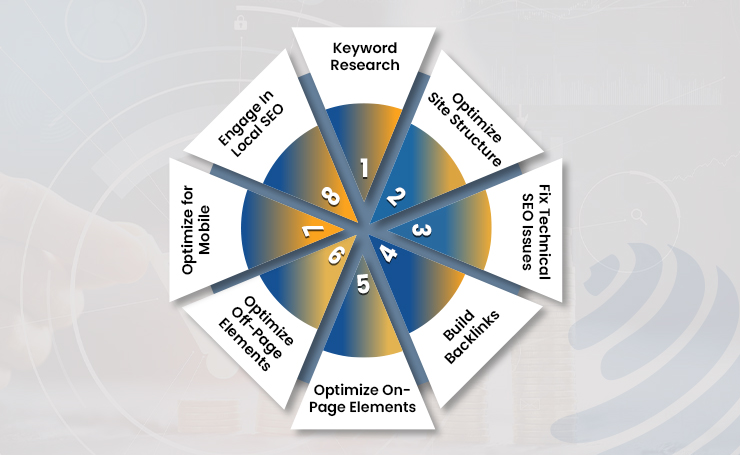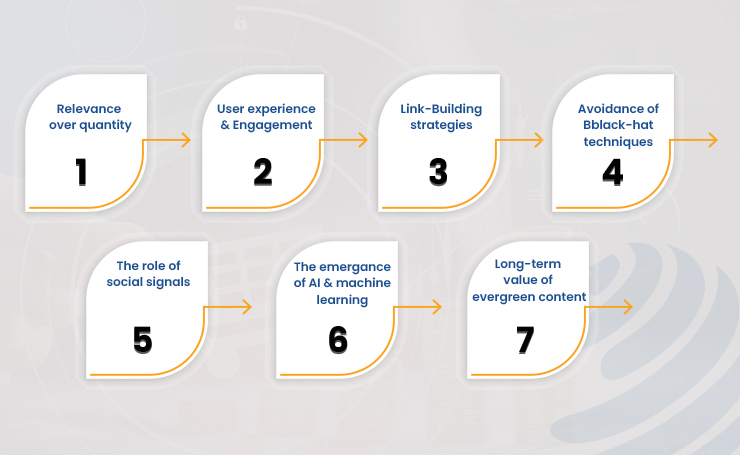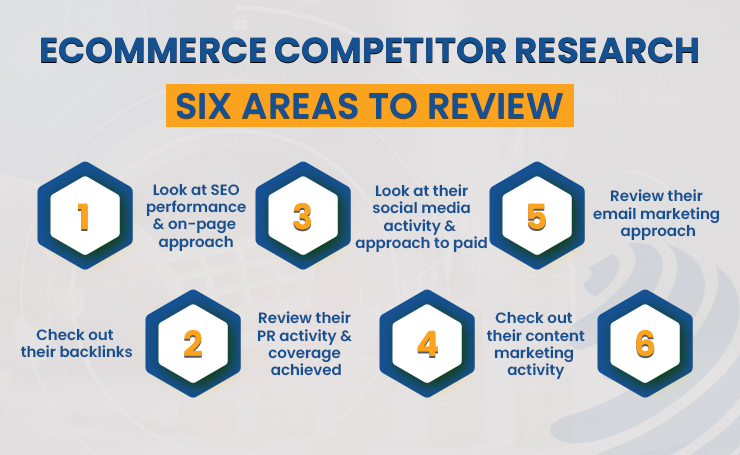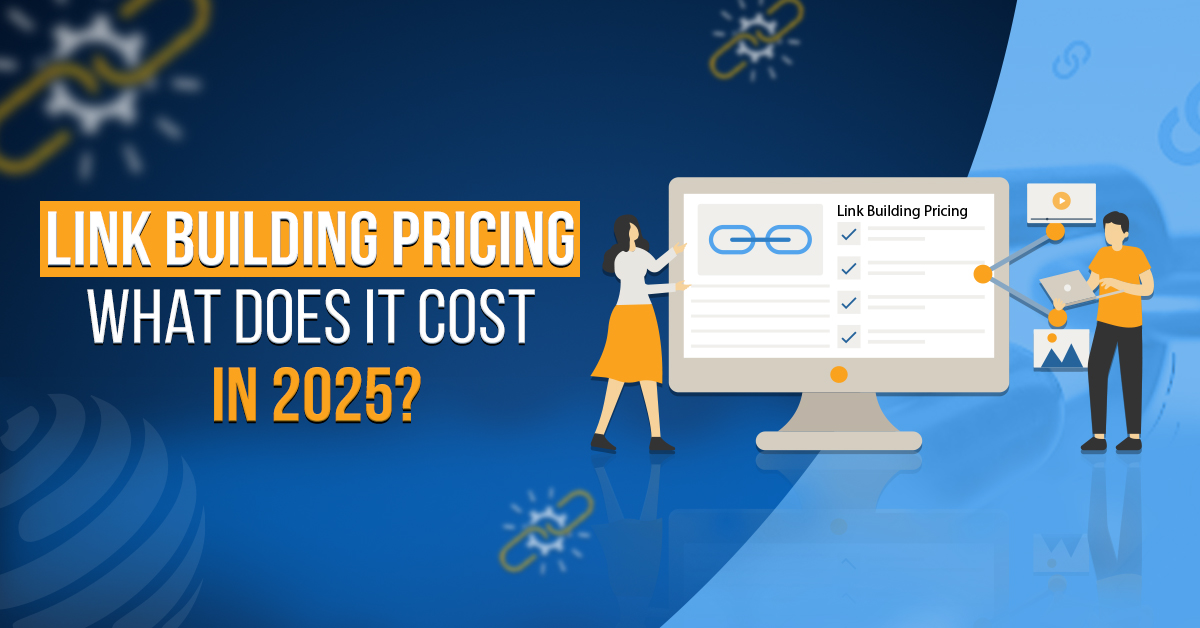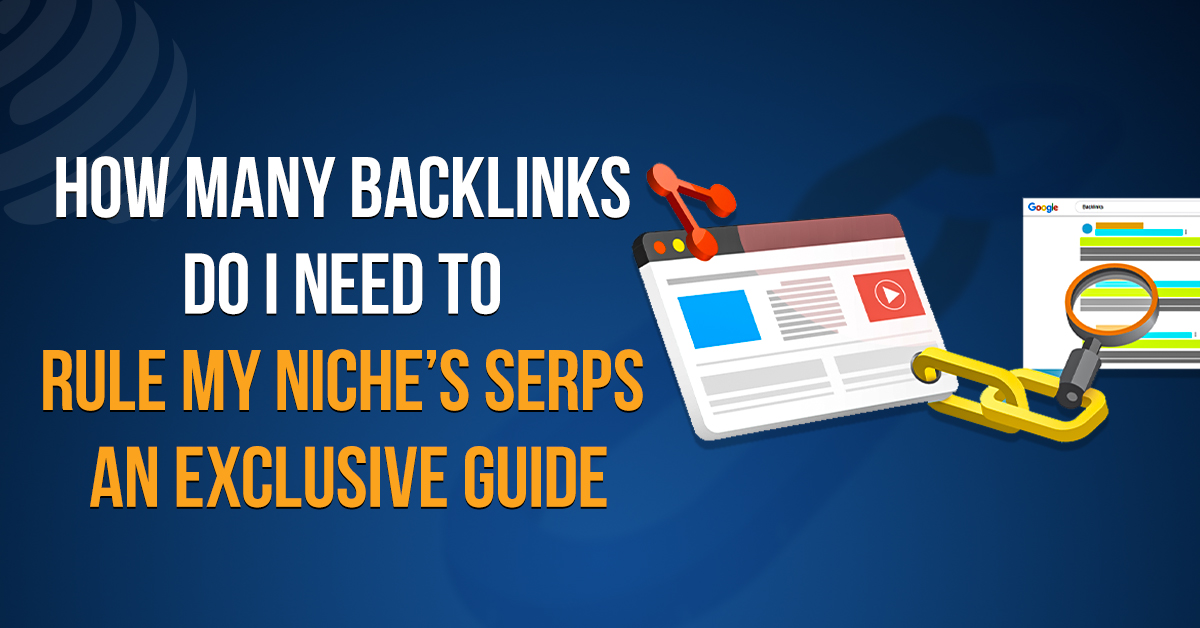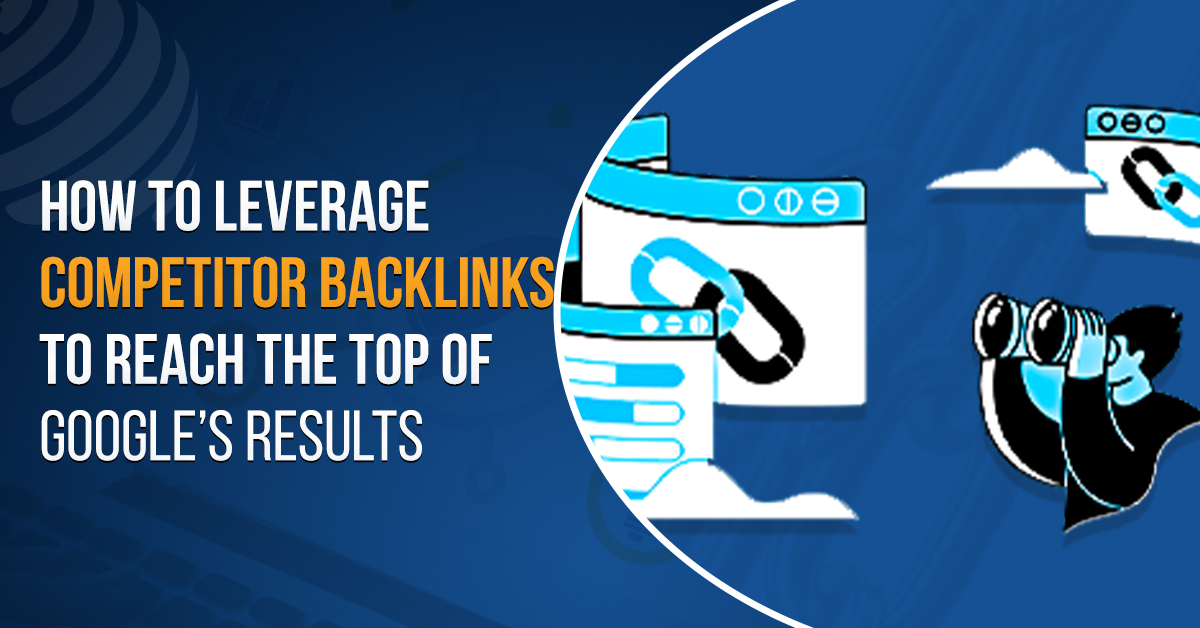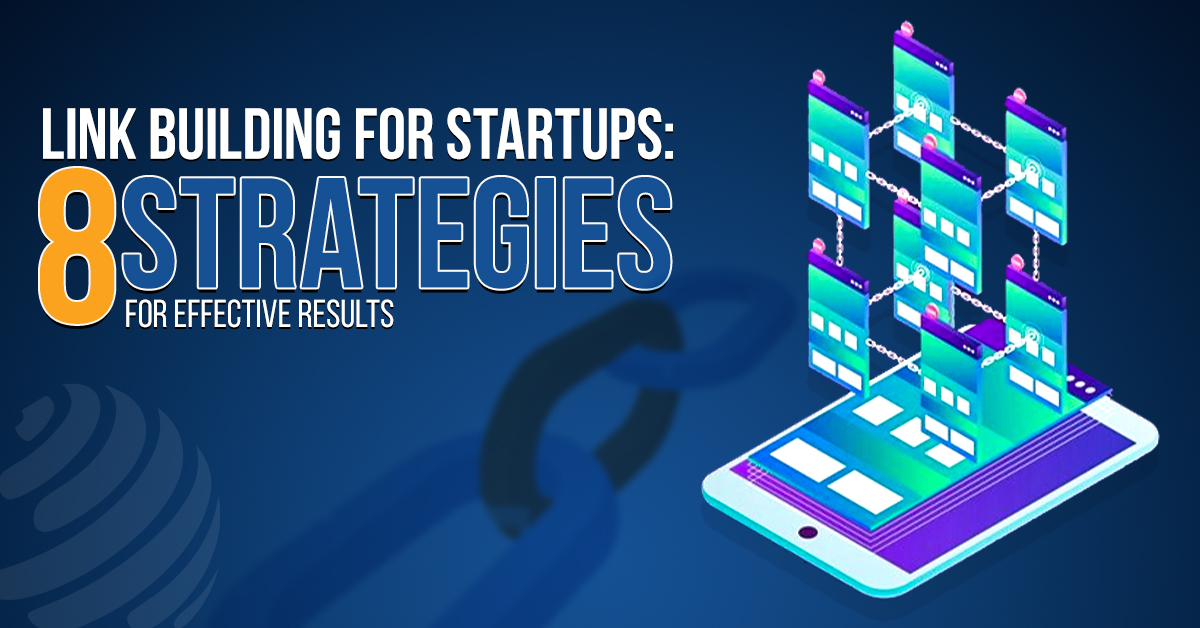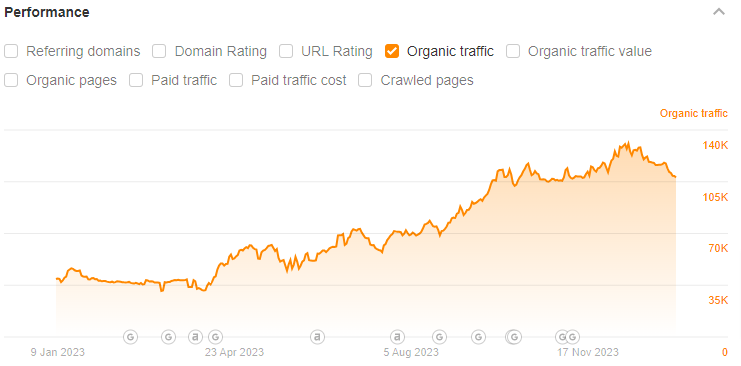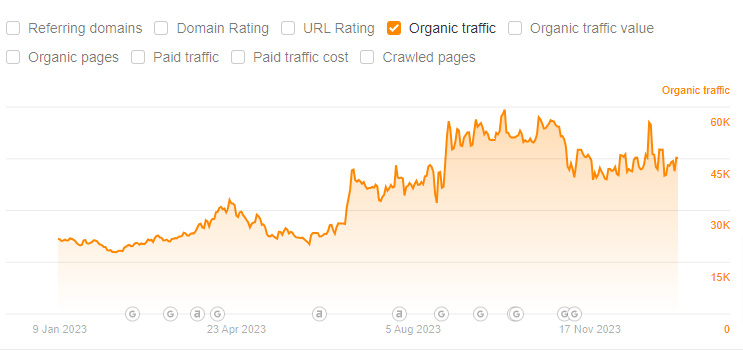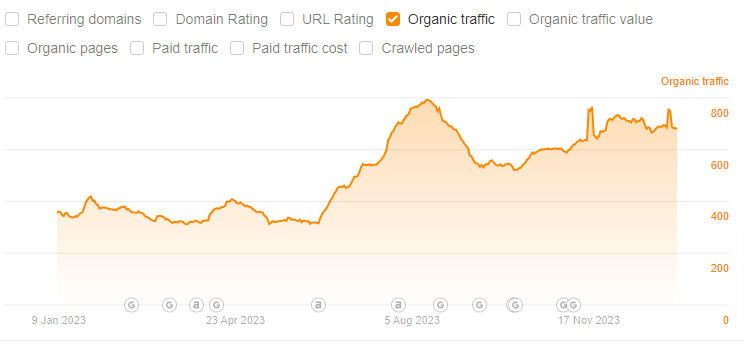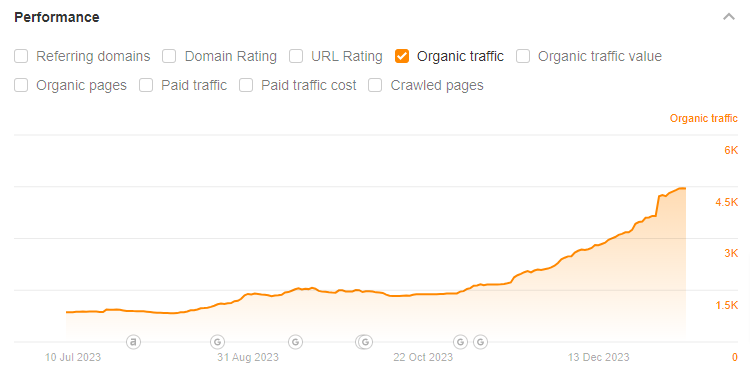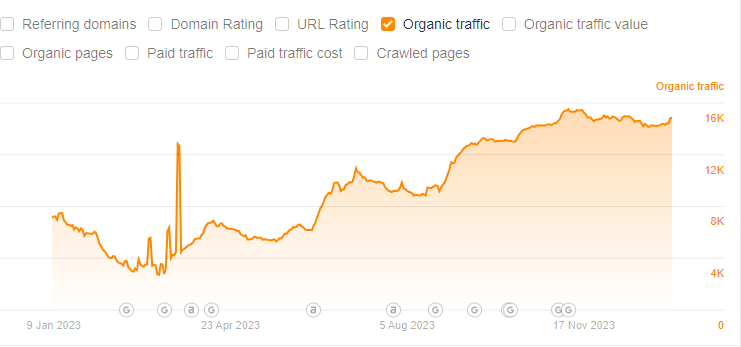Many store owners wonder why backlinks still drive sales in e-commerce. Backlinks are when other websites or sources choose to link to your website. Google and other search engines see other websites linking to yours as a sign that your site is an authority and the keywords it detects on your e-commerce site. If you don’t build backlinks or you build bad ones, you are going to find it practically impossible to compete with other brands and rank your store in the top three spots of Google, which will essentially render your e-commerce SEO strategy completely unsuccessful.
Despite Ads dominating the world of e-commerce, the fact remains that more backlinks over time lead to strong site authority, which leads to more organic traffic, and more organic traffic boosts organic revenue.
Why Backlinks Still Drive Sales in E-Commerce – An Overview
As an ecommerce store owner, you might be wondering about the same thing, which is why backlinks still drive sales in e-commerce despite the fact that Ads are dominating the e-commerce space. Well, here is the thing: backlinks keep driving sales because they are essential for boosting search engine rankings along with establishing the site’s credibility and authority.
Ultimately, backlinks can help an e-commerce site drive more traffic and sales. Let us explore the details a bit.
Boost Website Traffic: Backlinks will make your e-commerce store rank higher, which will get more organic traffic to your website.
Boost Google Rankings: Backlinks will boost your site’s Google rankings by telling the search engine that your ecommerce store is a relevant source of information.
Boost Authority: Backlinks from reputable sites can help build your site’s reputation as well as authority, which will make your ideal customers trust you and buy from your store.
Boost Brand Awareness: With backlinks, you can essentially widen the reach of your brand and tap into new audiences, which in turn helps with boosting brand awareness.
Boost Referral Traffic: Backlinks can help boost the referral traffic to your e-commerce website, which in turn will bring new customers on board who will be more than ready to buy your products or services.
Boost Sales: Finally, backlinks can help you drive sales through improved search rankings, boosting targeted traffic, and boosting your store’s credibility.
What Are Some of the Top Link-Building Factors in E-Commerce?
There are a handful of key link-building factors in e-commerce. There is also a lot of misinformation about which factors are actually important.
Relevance
Relevance is arguably the most important factor when it comes to backlinks, especially in 2025. A link from a site in your niche or similar industry will actually carry a lot more weight and value for you than a random link from some unrelated site.
For instance, if you sell fitness equipment, you should build backlinks from sites that are in the fitness and health space. That would be a lot better than a link from a food blogger or a tech blog. Google uses relevance as a key indicator of the quality and usefulness of a link. The more closely the linking site is related to your niche – the more trust Google will place within that link.
Authority
The second most important key factor when building backlinks to your e-store is authority. Links from well-established, trustworthy sites will pass more link juice compared to links from a new or low-quality site. There are various ways to measure a site’s domain authority, which is essentially a third-party metric from a third-party SEO tool.
This metric can be manipulated; however, there are ways you can tell how authoritative a site is compared to another site. You will be assessing the following aspects of a site:
- Domain Rating
- Domain Authority
- Organic Traffic
- Age of the Domain
- Quality of the site’s backlink profile
So, when it comes to building links back to your e-commerce site, you are essentially thinking about authority and relevance.
Anchor Text
The next factor to pay attention to when building backlinks to rank your e-commerce store higher and to drive sales is the use of the right anchor text, which is actually the clickable text with a hyperlink. The anchor text helps search engines, such as Google or Yahoo, understand the context of the link and what the link page is about.
The anchor text is also important for the users as they want to know the page or content that they will be forwarded after clicking on the anchor text. Your anchor text should look natural and provide more relevance to users and search engines about the nature of the link.
Placement
Placement is all about where a link appears on a page, such as the top, middle, or bottom. The placement of the links can actually affect their value. Generally, if you are building links, you should aim to build them in the main content of the page rather than the sidebar or the comment sections.
The most valuable form of link placement is certainly within the main content, preferably at the top of the page. On that note, you want to ideally have the first internal link pointing to your website within the page content.
Which Pages Should You Build Backlinks for Your E-Commerce Store?
The main dilemma you are going to face is related to the countless pages on your e-store website. So, the main dilemma is figuring out which pages you want to point your backlinks to.
Bottom of Funnel: Product or produce category pages.
Mid-to-Top of Funnel: Blog content pages or Home page
Generally, there are some rules of thumb you can follow regarding which pages to build links to and at what percentage. It is important to mention here that you can always check your competitors and assess what they are doing. Depending on your niche, you can actually build loads of backlinks from your service page.
In the case of e-commerce, you should know that Google tends to ignore product pages because they appear unnatural. This aspect indicates that website owners might not link to your product page. With that said, you might want to aim for building fifty percent of your backlinks to your homepage. Similarly, you might want to build 25% backlinks to your collection pages.
Essentially, collection pages perform differently than product pages. So, you can build backlinks to collection pages without getting harmed. The remaining 25% should go to the top-performing blog posts. If you look at the ratio, you will realize that this is a very balanced and safe way to build backlinks.
Nonetheless, the final decision rests with you. If you want to be more aggressive with your link-building strategy, you may win in the short run. However, there is also the potential that you could get penalized. If you are really conservative with your link-building method, you might never get penalized. However, it is also going to take you a lot longer to see results.
With that said, you will need to find what works for you and also keep in mind the potential risk ratio as well as your budget. Subsequently, you should be able to figure out the number of backlinks that you can build over a monthly, quarterly, and yearly basis.
A Pro Tip: Perform A Link Gap Analysis
We highly recommend you perform a simple link gap analysis while using Ahrefs. This way, you can get a good idea of the number of domains that are pointing to your competitor’s page for specific keywords. Subsequently, you can also figure out the potential cost budget and how many of those links are actually viable. If your competitors have one hundred referring domains, you can probably take eighty of those off the table as they might not be very viable.
Out of the remaining backlinks, only half of them might be above DR40, which are also the links that you might want to be interested in. Essentially, you will be ignoring the links that are low-quality or no-follow links.
Types of Backlinks to Focus On
There are a handful of backlinks that you can build for your ecommerce store. Guest posts are probably the most widely known ones.
Basically, the thing with guest posting is that you write a piece of content. You put it on someone else’s website. You will pay them a fee and take advantage of the opportunity to secure a good-quality backlink. The rest is quite straightforward, as you will write the content and secure quality backlinks in return. Also, with guest posting, you get to control the narrative because you are essentially writing the content.
Skyscraper Technique
Next up is the skyscraper technique. Basically, the theory is that you will land free links by simply creating really valuable content. It can be a statistics page or a breaking news article. You can also create a resource page. The general focus is on writing the best content. However, the skyscraper content is somewhat of a gamble, which is why you must focus on other techniques as well.
Link Insertions
Another backlink type to focus on is link insertion. This backlink requires you to find a relevant page, which is usually a blog post or a page with existing content. Make sure that the content is relevant to your products or services. Subsequently, you should try to convince or politely ask the blog owner or the website owner to link to you.
Typically, you will be compensating them with money. Nonetheless, with link insertions, you will suggest an edit to get an anchor in there to point to whatever page you have. Also, make sure that the page on which you are requesting an insertion is actually getting traffic. This will be the most valuable because if you select a webpage that is relevant but doesn’t get a lot of traffic, then the link is not going to be very valuable to you.
Active and Passive Ways to Build Backlinks
There are passive and active ways to backlink-building. For instance, a passive way is to create link-worthy or share-worthy content. You have a variety of content types to choose from. It can be a hilarious product description or valuable and insightful blog posts. The focus is to create content that is inherently share-worthy, as it will increase the chances that other websites will link to you.
However, you cannot just create content and keep hoping that others will find it valuable and link-worthy. You have the option of collaboratively soliciting backlinks as a way to generate more backlinks. Essentially, you will be working with other business owners, content creators, or website administrators. You also have the option of writing guest posts on other people’s blogs and ensuring that your store’s website is linked to that guest blog post.
Unleash the Power of Cross Promoting to Boost Sales
Cross-promoting with other businesses that don’t sell the exact same thing that you sell – but – targeting the same target customers as you is also a great way to build backlinks back to your e-commerce site. For instance, if you have a pen website, you might want to reach out to paper and notebook sellers and offer to link to their website from your pen website. You might as well ask them to do the same for you.
Final Thoughts
Now that you know why backlinks still drive sales in e-commerce, you can boost the SEO rankings of your e-commerce store with the best link-building strategies. Subsequently, you can establish yourself as an authority and also increase your organic traffic, which will translate into driving more sales and boosting revenue. With effective link-building, you can make your ecommerce store discoverable on Google as well as other search engines. To save time and effort, you can also leverage our link-building services and let our experts help you acquire backlinks that can boost your website authority.
FAQs
Do I need to build backlinks for my ecommerce store?
Yes, you need backlinks for your e-commerce store, as having an online store and the best products or services isn’t enough. Link-building can help your online store get noticed by boosting website traffic, which will also help you stand out in the market.
How many links do I need for my ecommerce store?
The best way to figure out the number of backlinks you need for your e-commerce store is by performing a competitor analysis.
What type of links should I opt for?
The best links are relevant and of good quality to help your store rank higher in search results.

